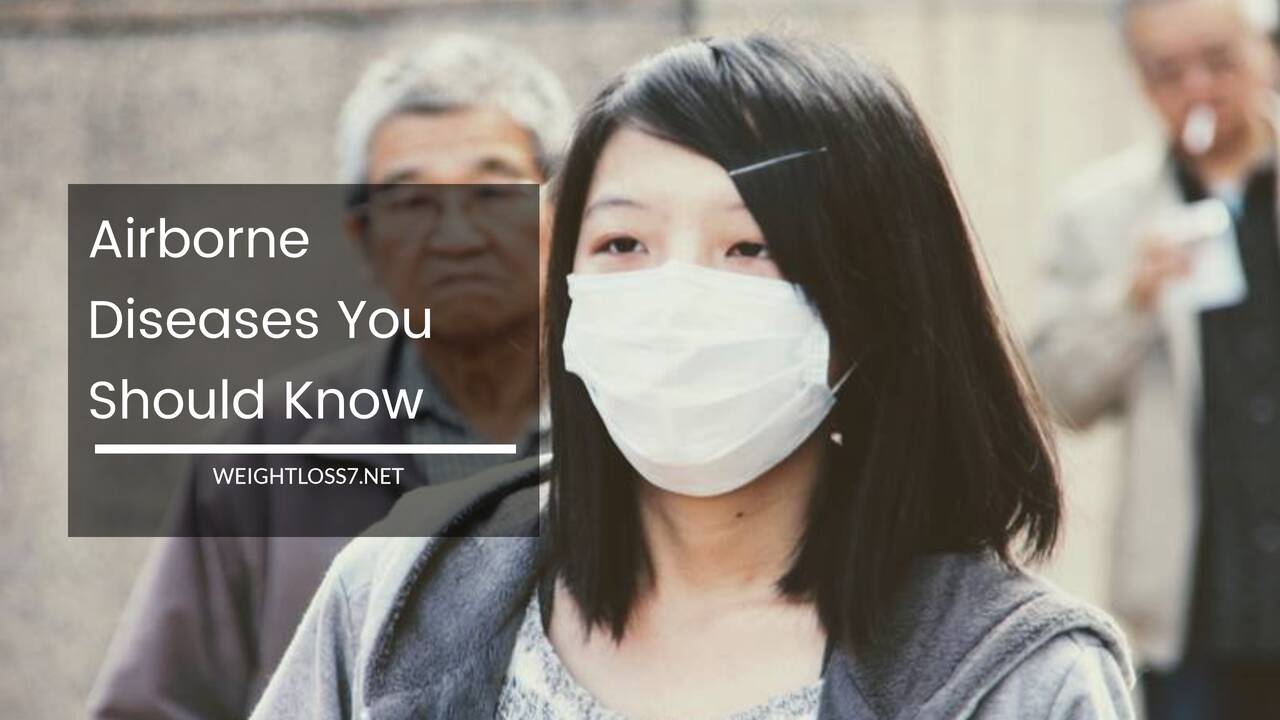Airborne Diseases You Should Know

Airborne diseases spread when someone coughs, sneezes, or talks and sends germ-infested saliva into the air. There are a number of airborne diseases in the world, some more common than others.
Knowing the symptoms and severity of common airborne diseases is important for knowing when to stay home or when to head to your doctor’s office.
Chicken Pox
Chicken pox is easily identified by the itchy red blisters that cover the body. Other symptoms include a fever, headache, lethargy, and loss of appetite.
There is a vaccination that helps to reduce the risk of contracting chicken pox, but some children who have been vaccinated develop the virus anyway.
The virus is spread through the air when those with the virus cough, sneeze, or talk.
Most people never develop serious symptoms, but blood and bone infections, dehydration, inflammation of the brain, pneumonia, and toxic shock syndrome are potential risks associated with the virus.
Children need about a week before all blisters have formed scabs. At this point, the risk of infecting others ends.
Common Cold
The common cold has more than 200 different strains. Each one usually leads to congestion, a cough, runny nose, sneezing, sore throat, and watery eyes. Breathing in the germs when someone coughs or sneezes is one of the easiest ways to get a cold.
There is no need to go to the doctor for a cold. Medications will not kill the virus. You can use over-the-counter remedies to help alleviate some of the congestion and discomfort. Blowing your nose and drinking lots of fluids also helps.
Flu
The flu is not only airborne, but it is also transmitted by touching infected items. This happens when someone with the flu touches an item, and then you touch that same item and do not wash your hands before eating or touching your eyes or nose.
Flu symptoms include chills, a cough, fatigue, a fever, headache, muscle pain, and sore throat. Healthy adults generally get better after a week or two, but those with weaker immune systems, such as the elderly, find the flu progresses into pneumonia.
The flu is preventable through a yearly flu shot. If you do contract the virus, stay home and isolate yourself from others.
Drink plenty of fluids and sleep as much as your body wants. If you find it hard to breathe or your fever doesn’t subside, call to schedule an appointment with your doctor.
Measles
Many children and adults are vaccinated against the measles, but parents who opt out of childhood immunizations put their child at risk for this airborne disease. Key symptoms are a cough, fever, rash covering the body, and runny nose.
Children who develop the measles also often get ear infections and pneumonia. It is less common for children to also develop encephalitis.
While much of the world has seen a steady decline in measles cases, the CDC reports there are approximately 20 million cases diagnosed each year, and 164,000 of which are fatal. Vaccination is the best way to prevent measles.
Tuberculosis
Tuberculosis is solely an airborne disease. You cannot get it by shaking an infected person’s hand or sharing food or drink with them. You must breathe in the bacteria put into the air as the infected person coughs, sneezes, or talks.
Not everyone with tuberculosis becomes sick. People with latent tuberculosis are also not infectious, but the bacteria could activate at any moment and become an active disease.
Symptoms of an active tuberculosis infection include a cough that lasts three or more weeks, coughing up blood, chest pain, fatigue, fever or chills, loss of appetite, night sweats, and weight loss.
Treatment for tuberculosis requires you to take prescription medications for six to nine months.

















